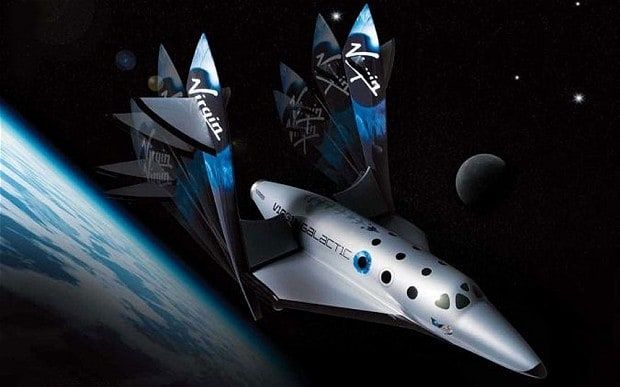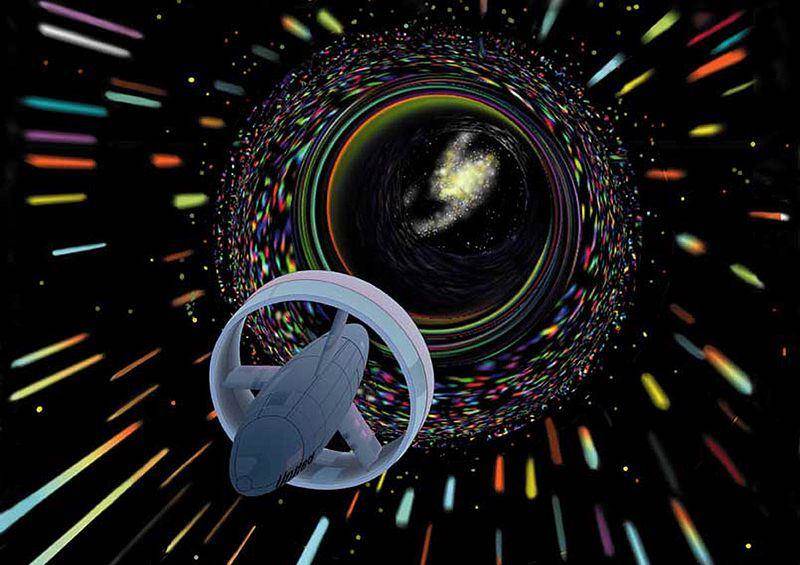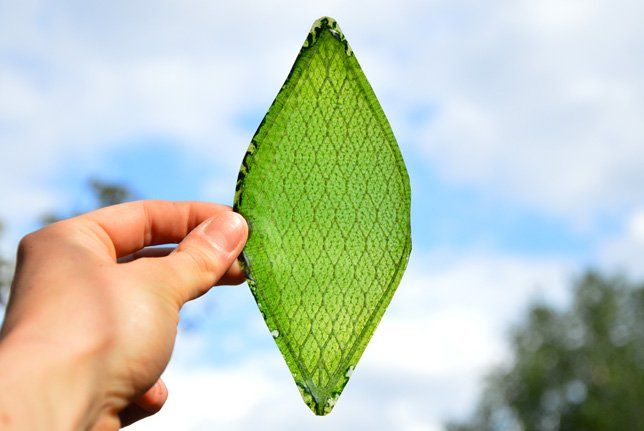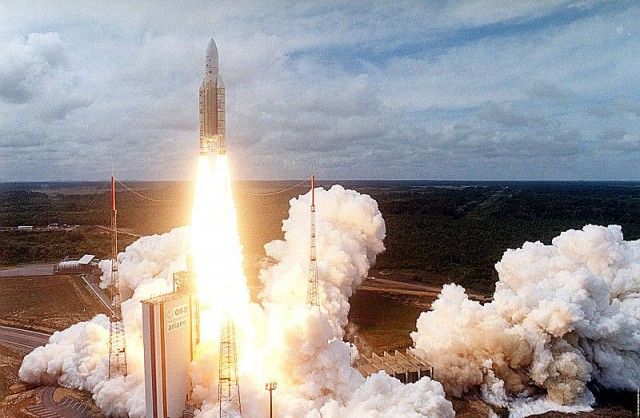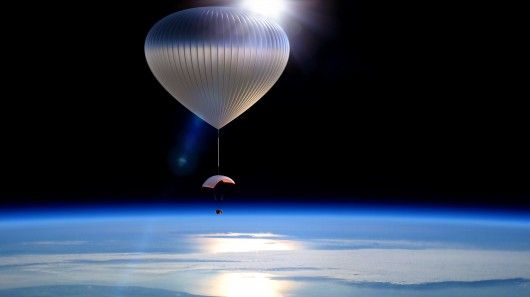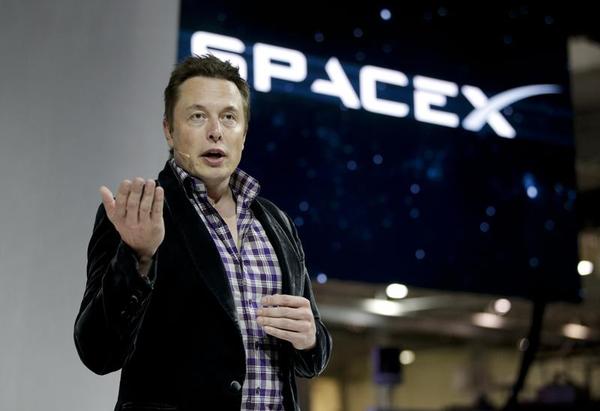[youtube_sc url=“https://www.youtube.com/watch?v=_uBN6u5sA7Y”]
The Xodus One Foundation will be conducting workshops on Gravity Modification, based on Ben Solomon’s 12-year study titled “An Introduction to Gravity Modification” and other later peer reviewed papers. And has been vetted by the Foundation’s Chief Science Office, Dr. Andrew Beckwith.
This thought provoking & bleeding edge physics/technology workshop will assists attendees to understand how the future of propulsion technology is changing. And therefore, adjust their corporate programs to expect these future technologies and research programs.
Note, my peer reviewed paper “New Evidence, Conditions, Instruments & Experiments for Gravitational Theories”, Journal of Modern Physics, Volume 4, Number 8A, August 2013 (Special Issue on Gravitation, Astrophysics and Cosmology) has as of August 05, 2014, had 3,482 downloads since publication August 27, 2013. This paper details the issues with contemporary physics that has hampered the discovery of gravity modification physics and proposes possible solutions.
————————————————————————————————
FAQ:
1. Types of Workshops:: There are 2 types, the Short 1-day and the Long 2-day.
2. Who Should Attend: Engineers, Physicists & Corporate Managers responsible for propulsion research programs.
3. Workshop Fees: See respective brochures, below. Workshop fees are tax deductible.
4. Workshop Payment: Uses secure Amazon Payments. If you don’t have an account please sign up a head of time, prior to making tax deductible workshop fee payments.
5. Seating: On a First Come First Served basis, based on payment dates. In the event of overbooking, later registrants will placed in the next business day workshops. If you are attending the Long workshop, please confirm seating dates before finalizing travel arrangements.
6. Future Schedule: Link to Future Schedule
7. Some Comments: Thorough, Well Thought Out, Brilliant …
————————————————————————————————
Short Workshop:
Type: This is a 1-day workshop.
Brochure: Link to brochure.
Location: Webcast
Workshop Date: August 20, 2014. Future dates to be determined.
Pay By Date: August 13, 2014. Future dates to be determined
Payment: Use donate button below to make $100 payment via Amazon Payments
————————————————————————————————
Long Workshop:
Type: This is a 2-day workshop, still under development:
Brochure: See tentative brochure.
Location: 1624 Market St., #202, Denver, CO 80202.
Workshop Date: To Be Determined
Pay By Date: To Be Determined
Payment: Payment button coming soon.
————————————————————————————————
